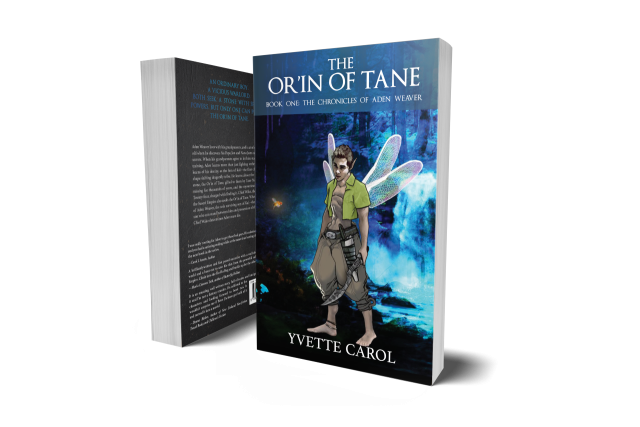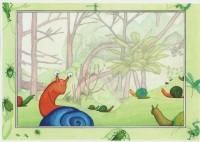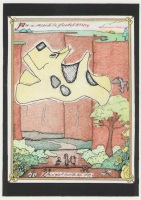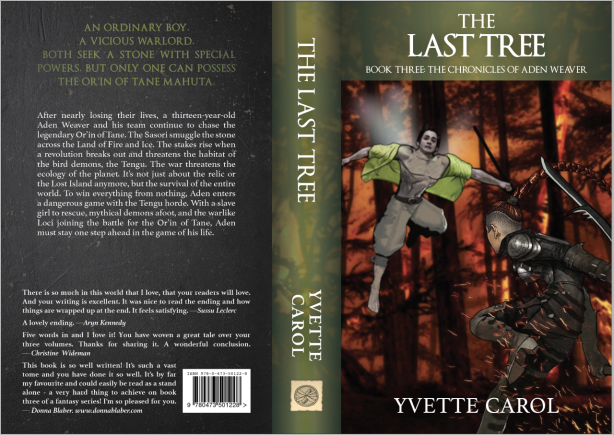I have finished reading my eighth novel for 2024, Changeling, by Delia Sherman. This is a book I put into my basket purely because of the cover. Sometimes, you feel compelled to buy for that reason alone – no need to read the first page or check the blurb on the back. Physically it was a nice-sized book – neither too big nor too small. Won over by the supernatural hullabaloo on the front and the hardcover, it had the triple whammy of a knockout title. Changeling.
According to the definition in my Brewers Dictionary of Phrase and Fable, A changeling is a peevish sick child. The notion used to be that the fairies took a healthy child and left in its place one of their starveling elves, which never thrived. The word means ‘little changed person’
I have always found the concept of changelings or fairy children strangely intriguing and sinister. Therefore the idea of telling the story of a human child who was switched out and following her life in the fairy realm seemed a cool premise for a middle fiction story.
Changeling is the story of Neef. She is a young girl who is the human child changed over for the fairy child. While the changeling is growing up in her place, Neef is being raised by her fairy godmother, a white rat called Astris.
Life in the New York Between has been sweet, despite the fact the fairy realm boasts some scary creatures and the Wild Hunt terrorizes the fairies in Central Park. All the magical folk in the between depend on the protection of The Green Lady, the Genius of the Central Park. Neef spends her days studying Folk Lore and going to the Between’s Metropolitan Museum. Yet, it’s not enough for Neef. She constantly wants more, nothing is ever good enough. Her life is boring she craves adventure and wastes time wishing more would happen.
We readers brace ourselves for the boot to fall. We know the story tropes of the unsatisfied protagonist, and that of ‘curiosity killed the cat’, and we know Neef is asking for it. Before long she ends up breaking Fairy law. Yup. Knew it. Now on the wrong side of the Green Lady, Neef is to be banished from the park to be hunted down like an animal by the Hunt. Neef and her friends strike a deal with the Green Lady. If Neef can obtain three impossible objects, she will be allowed to return home. She meets the changeling, the fairy child being raised in her biological family’s home, and the pair learn how to work together to achieve the goal.
Changeling is another excellent example of tight world-building. Sherman thinks of everything from the mythology of this world to cleverly mixing in the traditions of fables (such as brownies and selkies), and fictional characters (such as Shakespearean fairies). I liked her sense of play. Sherman is like a kid in a sandbox using a bit of everything, throwing in bits of classic fairy tales and tweaking them to fit modern life like Jack and the Beanstalk became Jack and the Extension Ladder. She explores the idea that the immigrants flooding into New York brought their stories and therefore ‘Little Folk’ with them. It made me laugh when she made the tough mercenaries lording it over places like Broadway and Wall Street the fairies, turning our expectations on their heads. It’s fresh and lively. Good stuff for kids.
One special mention must go to the subtle way Sherman brings the vagaries of Autism into the story without making it overt. The character differences are presented to us as perplexing, frustrating, and unique traits of Changeling, however, because we see them through Neef’s innocent eyes, we don’t judge this character. In the end, it’s a nice touch that Changeling’s attributes make her useful and complement those of the levelheaded Neef in every challenge. They could not get through the quest without each other.
Delia Sherman was born in 1951 in Tokyo, Japan. She is an author of Science Fiction & Fantasy, Young Adult, and Short Stories, winning the Mythopoeic Fantasy Award for her novel The Porcelain Dove. She earned a PhD in Renaissance studies at Brown University and has also written the novels Through a Brazen Mirror and Changeling. She co-founded the Interstitial Arts Foundation, dedicated to promoting border-crossing art genres. She lives in New York City with her wife, Ellen Kushner.
My rating is three stars
Talk to you later.
Keep reading!
Yvette Carol
*
Your precious babe is hence convey’d,
And in its place a changeling laid. ~ JOHN GAY: Fables (1727)
*
Subscribe to my newsletter by emailing me with “Newsletter Subscription” in the subject line
























































